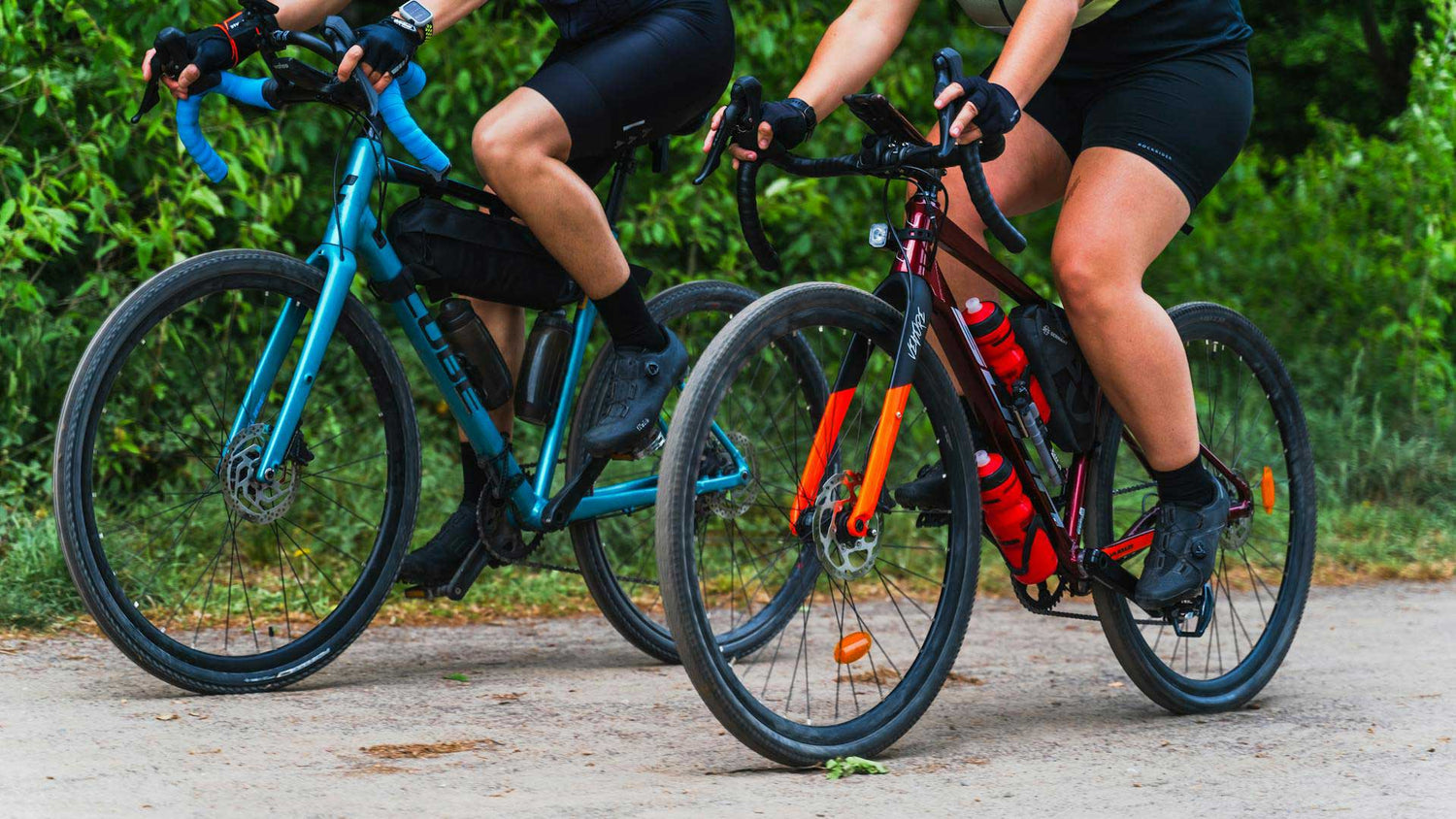To paraphrase Churchill, never has spending less than a fiver, on something they hoped never to use, saved so many cyclists from a long walk home. I'm talking about the humble puncture repair kit. Rubber patches, a piece of crayon and a small square of sandpaper. If you started riding before the 1980s the kit also included a tube of rubber cement, until some bright spark came up with a way to make the rubber patches sticky on the back. Such innovation. It felt like flying cars and silver jumpsuits were only months away.
There are times when I have gone years between punctures and times when I feel the Universe has realised this mistake, restoring order by sending more punctures in the same ride than I have spare tubes. I've never been able to settle on carrying just one spare tube. What if I puncture both front and rear at the same time? It's a bit like keeping your gloves in separate pockets. I'd rather lose both than have one hand warm and one hand cold to remind me of my misfortune. Carrying more than two spare tubes seems like the start of a spiral of anxiety. Where does it end? A spare chain? Spare brake blocks? Spare socks? Sometimes you have to trust in your maintenance and hope for the best. This is where the puncture repair kit came in. It was small enough to store beneath your saddle but it offered multiple puncture repairs.
Going a long time between punctures was always a double edged sword. If your puncture repair kit had sat unused beneath your saddle for a full winter I can guarantee that when you finally came to need it, the patches would have all the stickiness of banging two rocks together and hoping they would bond. That is if you could remove the backing paper. For again, balance in the universe requires that if one patch was dryer than a bedouin's sandal, then another must cling to its backing paper tighter than the proverbial organic waste on a blanket.
For me, the demise of the puncture kit began when I switched to tubeless tyres on my mountain bike. Tubeless systems don't have an inner tube and make use of a liquid sealant and rubber bungs that look like a bogey. The sealant contains tiny molecules of rubber so small that you can't see them. However, much like if a room full of people all rushed to get out a small door at the same time, when the sealant heads for the exit created by a hole in your tyre, a blockage ensues. The hole is plugged. Top up the air in your tyre and away you go. If the hole is too large for the sealant to plug then you can insert a rubber bogey to plug the hole. Another marvel of innovation (where is my flying car?).
It's not an infallible system but for me it works far better than tubes and patches. If the sealant doesn't plug a hole you still don't need to remove the wheel to add a plug and top up the air. If you ride an ebike you'll appreciate this: no wrestling with a 25kg+ e-bike as you try to remove or insert the back wheel. The thing that amazes me about tubeless is the amount of tiny holes it seals without me realising they are there. Often I spot the tell tale sealant when I'm cleaning the bike but had no inkling that I'd lost air while I was riding. This is helped greatly by running tubeless inserts like Tannus Armour Tubeless that add sidewall support when you are running low pressures.
The final nail in the coffin of the puncture repair kit is the advancement made in airless tyres. In days of yore airless tyres had all the comfort of the iron rims mounted on wooden wagon wheels. Today Tannus Airless tyre technology means riding on airless tyres is pretty much the same as riding on pneumatic tyres just without the possibility of punctures. And without the need to carry a puncture repair kit. Long may it rest in peace.





